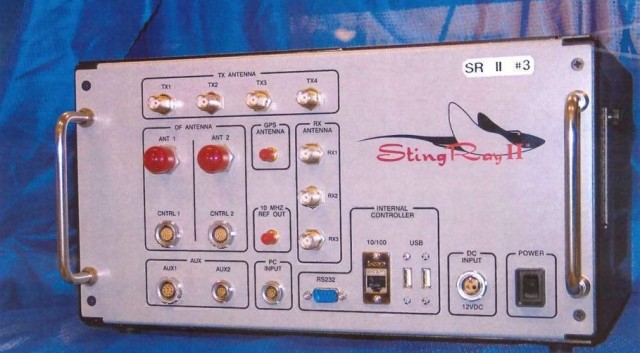A cellphone tracking device used by the Baltimore Police Department is slated to get some improvements.
On Wednesday, the city’s Board of Estimates approved a contract of $29,619 with Harris Corp. to “provide software upgrades and equipment repair for the current software and equipment that is being used by the Police Department” for a year. The device, known as a Hailstorm, is an upgraded version of the stingray device police acknowledged using in court last year. Hailstorms cost $169,602 a pop, according to this 2013 report by Ars Technica.
The recent upgrade spending was approved without discussion, but there were two votes against it.
The Baltimore Sun’s Yvonne Wenger reports that the vote was close, with Council President Bernard C. “Jack” Young and Comptroller Joan Pratt in the “nay” column.
Police use the device to track the location of suspects. The device mimics a cellphone tower, meaning that data from other cellphones in the area are collected along with the suspect’s. When the suspect’s location is learned, the device can be used to make the phone ring. The radius could be up to a mile, privacy advocates like the American Civil Liberties Union have said.
This week’s appearance of the Hailstorm in public documents is unusual.
Baltimore police were long mum about the devices as a result of a nondisclosure agreement with the FBI. Information only came out after a BPD detective testified at a court hearing last fall that the stingray was used at least 4,300 times. A USA Today investigation found the device was used “routinely” by BPD.
BPD says it operates within the law. But data privacy advocates have raised questions about the harvesting of bystanders’ data, and whether police are obtaining a proper court order.







